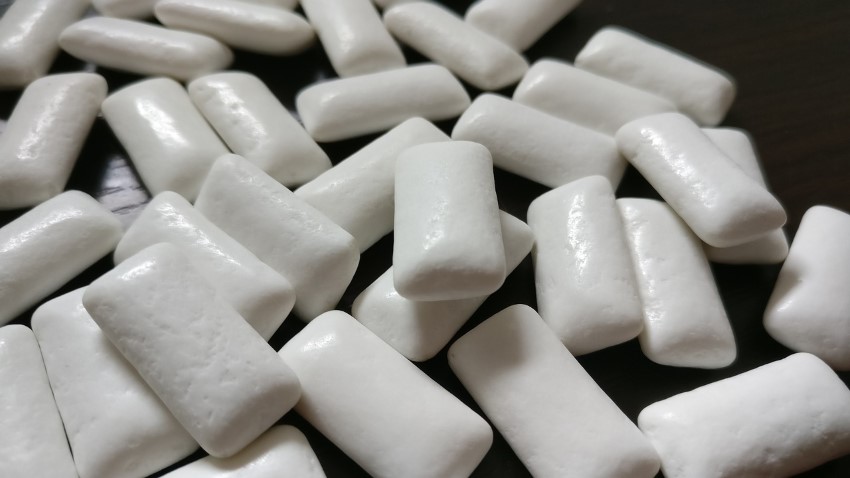Title Image: Global supply of vanilla extract originates with cured beans from the tropical orchid species Vanilla planifolia. Credit: UF/IFAS Photography.
Vanilla takes the crown as the second most valuable spice (after saffron) and the world’s most popular flavor among consumers.
Now, University of Florida researchers in Homestead are on the verge of developing a domestic vanilla industry, poised to transform agriculture in Florida, Puerto Rico and the U.S. Virgin Islands for interested small growers and investors.
Thanks to nearly $400,000 in grants from the U.S. Department of Agriculture Southern Sustainable Agriculture Research and Education (USDA-SSARE) program, scientists at UF’s Institute of Food and Agricultural Sciences (UF/IFAS) can now pick up the pace on the most critical phase of an ongoing vanilla-breeding program blooming since 2017.
This research stage is key because it will identify varieties with high yields, disease resistance, high vanilla content and nutrients in plants to develop the best fertilizer recommendations. Scientists will also identify potential plant pollinators, while working with growers.
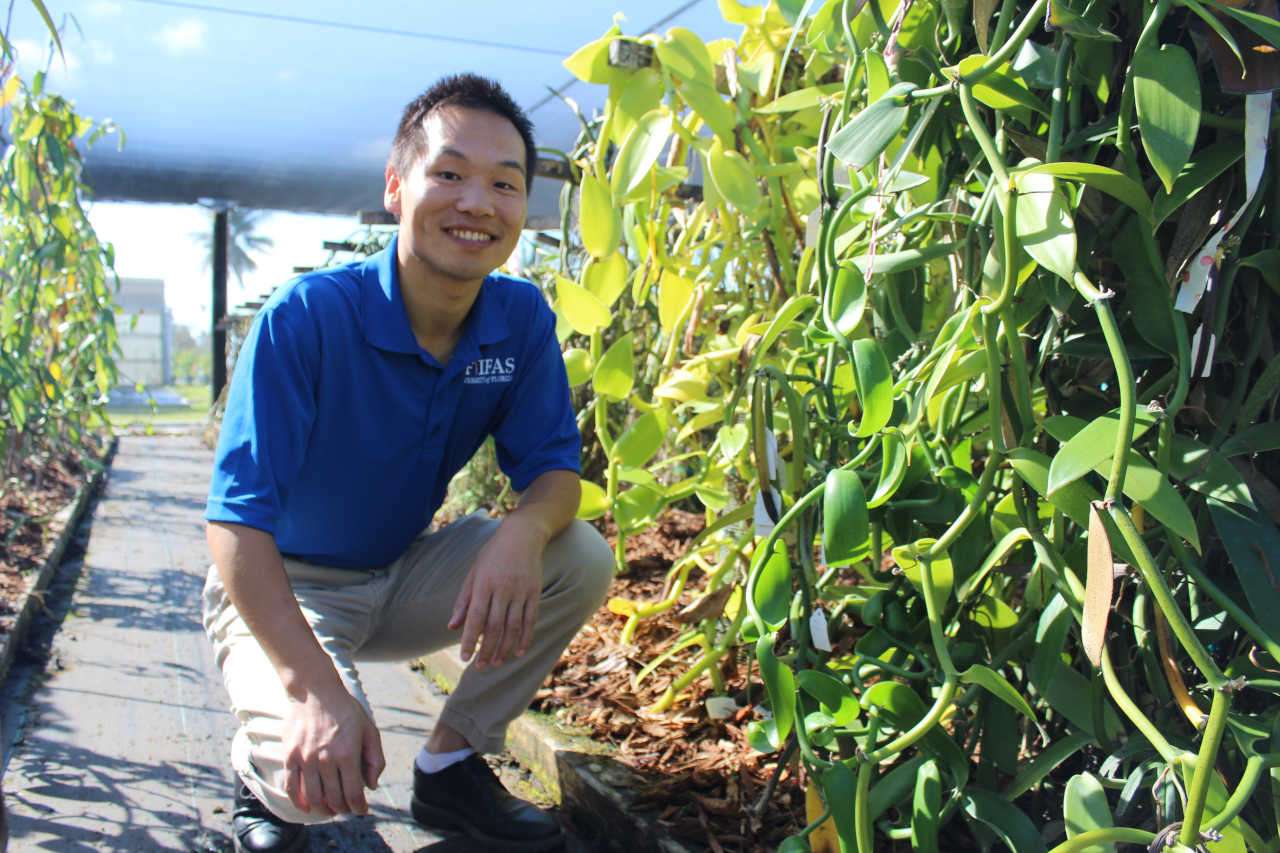
Dr. Xingbo Wu is a plant breeder and geneticist at the UF/IFAS Tropical Research and Education Center. The shade house contains thousands of yards of vanilla vines at the Homestead campus. Credit: UF/IFAS Photography.
“Vanilla is a highly profitable crop with cured beans, worth $250 to $600 a kilogram,” said Xingbo Wu, a plant breeder and geneticist at the UF/IFAS Tropical Research and Education Center. “With appropriate plant material and production guidance, we can maximize the return on investment in domesticated vanilla production.”
Madagascar leads the world in vanilla production, supplying more than 80% of the world’s vanilla, while Indonesia, Uganda, India, Comoros, Mexico and other countries significantly contribute to global production. Global supply of vanilla extract originates with cured beans from the tropical orchid species Vanilla planifolia. The United States is the biggest importer of vanilla beans from Madagascar, and once in America, those beans are processed into vanilla extract.
“We calculate the United States could be the fifth largest vanilla producer globally with 140 to 670 acres devoted to this specialty crop,” said Wu. “Our goal is to determine the best vanilla material and efficient production management of growing vanilla in southern Florida, Puerto Rico and the Virgin Islands, disseminate this information to all potential growers and guide the vanilla breeding projects.”
Wu and his team will analyze light and nutrient requirements for maximum vanilla production and determine the appropriate environment settings for vanilla cultivation with collaborative growers from different geographic regions. They are also exploring ways to pollinate vanilla plants, which are traditionally labor-intensive. Due to the unique reproductive structure of the flower, vanilla plants are pollinated by hand.
In the project, scientists want to move past vanilla production’s long history of supply chain challenges.
“The emerging domestic vanilla market requires a supply chain to move the product efficiently from farm to end users,” said Wu. “This project was designed to overcome these challenges and could have major impacts on productivity, profitability and rural communities.”
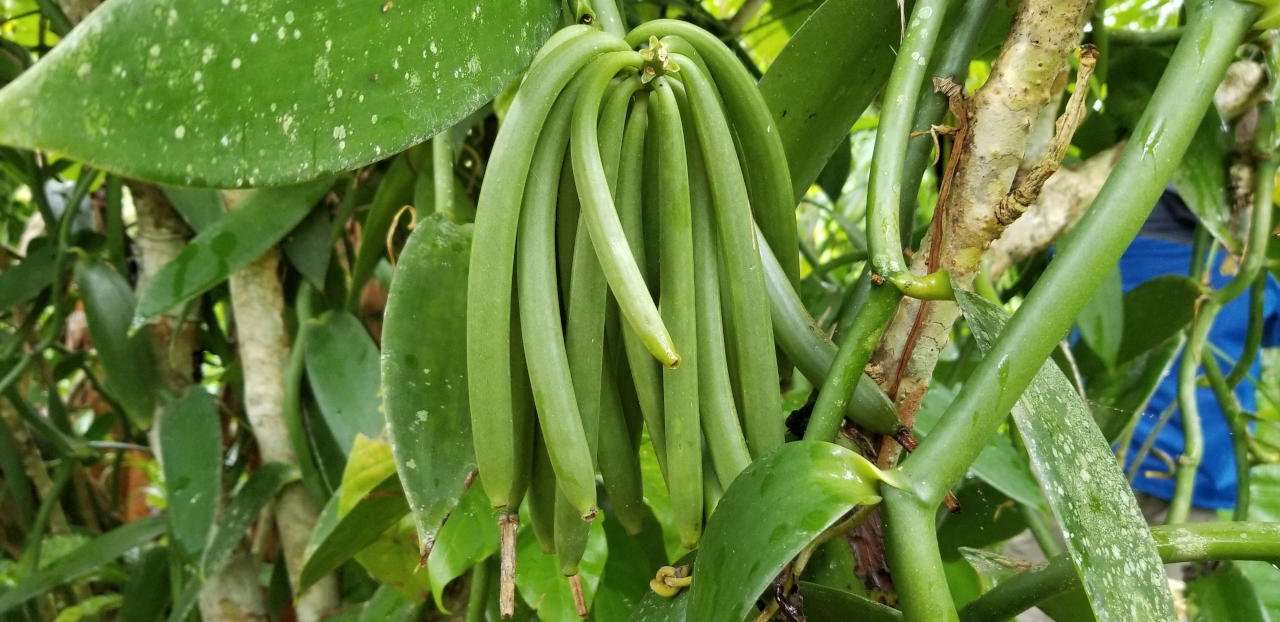
A specimen of cured beans from the vines of the UF/IFAS Vanilla project. Credit: UF/IFAS photography
Growing vanilla beans presents many benefits and can support growers in these focus areas who are striving to meet an evolving consumer base that favors local, organic and natural vanilla products, said Wu.
Vanilla also encourages agroforestry and sustainability because it grows in shade and is often cultivated in an agroforestry setting.
“This natural habitat, combined with the beauty and exoticism of the plant, makes it attractive for agrotourism, providing a potential additional source of revenue for vanilla farmers and nearby rural communities,” he said.
Wu is working with six farmers in the Homestead area and hopes to increase that number.
“These existing growers are at different stages that include well-established farms already with high-quality bean production,” he said. “Several growers already have healthy growing vanilla crops with potential bean production in the next three years, and many growers just getting started.”
About UF/IFAS
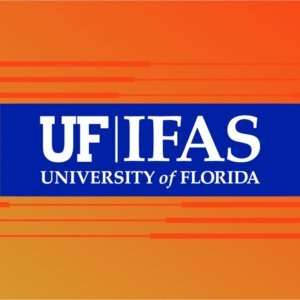
The mission of the University of Florida Institute of Food and Agricultural Sciences (UF/IFAS) is to develop knowledge relevant to agricultural, human and natural resources and to make that knowledge available to sustain and enhance the quality of human life. With more than a dozen research facilities, 67 county Extension offices, and award-winning students and faculty in the UF College of Agricultural and Life Sciences, UF/IFAS brings science-based solutions to the state’s agricultural and natural resources industries, and all Florida residents.
Why Food Is Our Middle Name
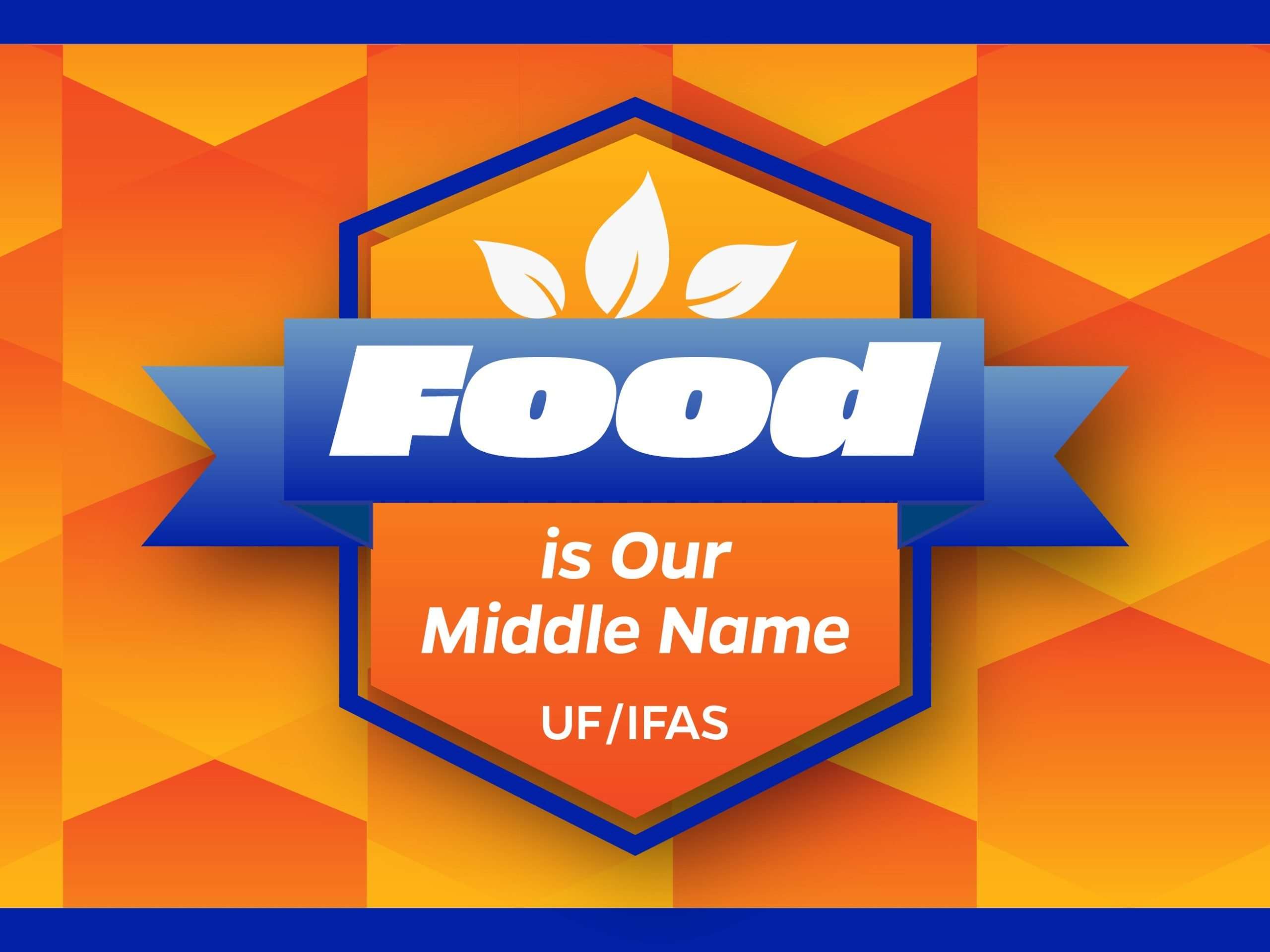
Feeding a hungry world takes effort. Nearly everything we do comes back to food: from growing it and getting it to consumers, to conserving natural resources and supporting agricultural efforts. Explore all the reasons why at ifas.ufl.edu/food or follow #FoodIsOurMiddleName.

